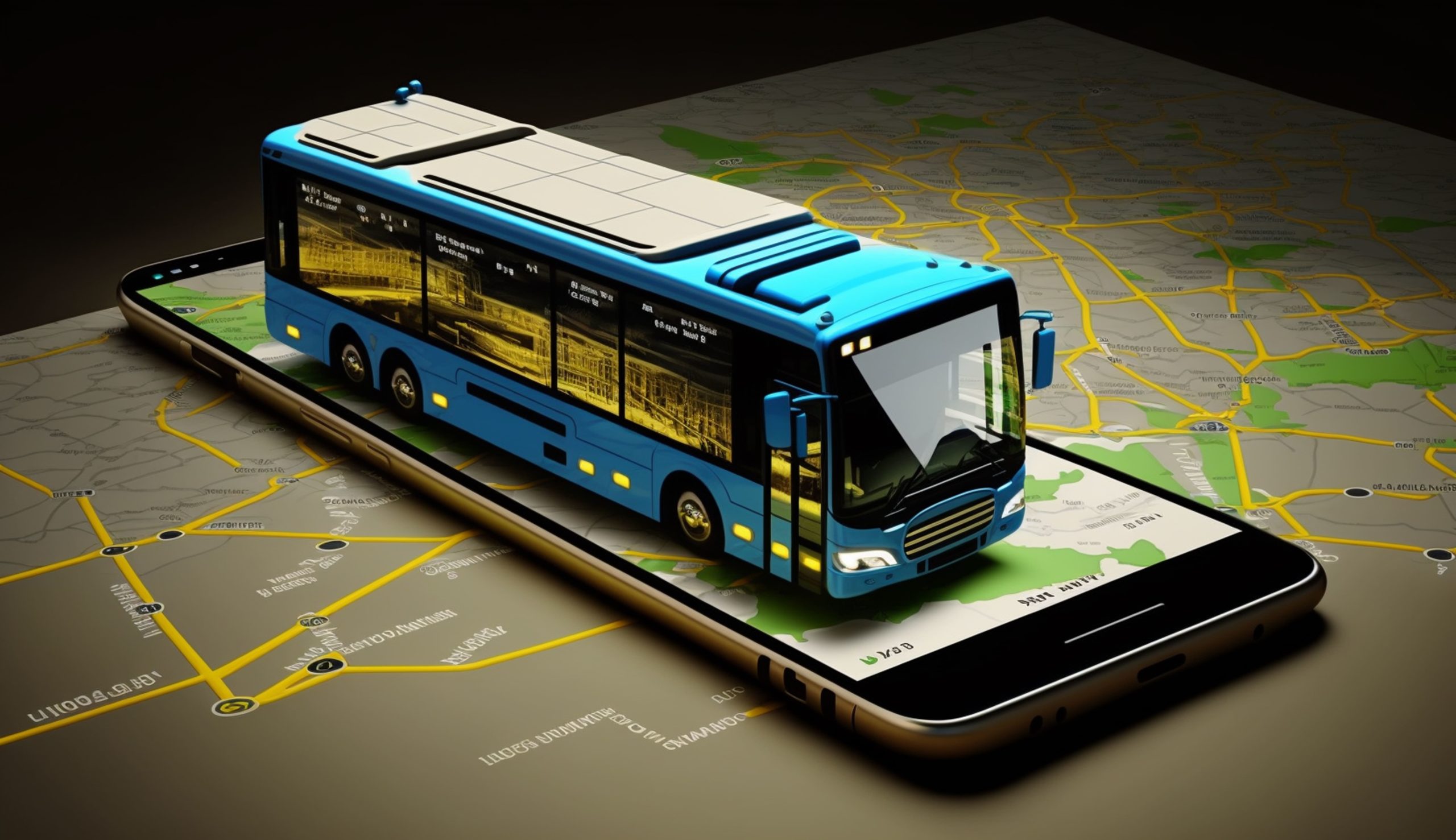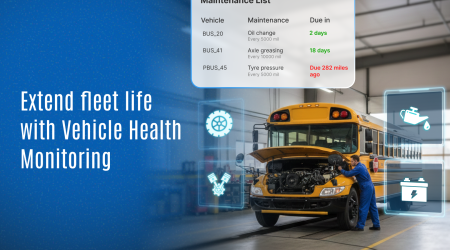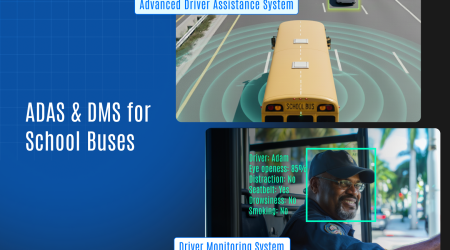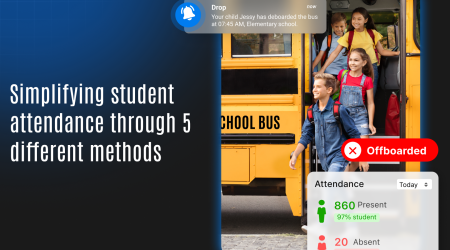How Seamless API Integration Enhances Existing Systems in MNO Instutions

In today’s fast-paced world, seamless API integration is the unsung hero that ties various systems together, ensuring they work in perfect harmony. For Mobile Network Operator (MNO) institutions, integrating APIs can be a game-changer, especially when it comes to school bus monitoring software. This technology not only boosts efficiency but also significantly enhances the safety of students. In this article, we’ll delve into how API integration can transform MNO institutions and provide real-life examples of its impact on school bus monitoring systems.
API integration is the backbone of modern digital transformation. Facilitating communication between diverse software applications simplifies processes and boosts overall functionality. For MNO institutions, this means more efficient systems, better data management, and improved service delivery. Let’s break down how API integration works and why it’s essential.
What is API Integration?
API stands for Application Programming Interface. It’s a set of rules that allow different software applications to interact with each other. Integration of APIs means connecting multiple systems to share data and functionality seamlessly. This process eliminates the need for manual data entry and reduces errors, making operations smoother and more efficient.
Benefits of API Integration
- Streamlined Operations: APIs automate data exchange between systems, reducing the need for manual intervention.
- Improved Data Accuracy: With automatic data synchronization, the chances of errors decrease significantly.
- Enhanced Flexibility: APIs allow institutions to integrate new features and services without overhauling their existing systems.
- Cost Efficiency: By optimizing processes and reducing manual work, API integration can lead to significant cost savings.
- Better User Experience: Seamless interactions between applications enhance the overall user experience.
Transforming School Bus Monitoring with API Integration
School bus monitoring systems are crucial for ensuring the safety and efficiency of student transportation. By integrating APIs, these systems can be significantly enhanced, providing real-time data and improved communication. Let’s explore how.
Real-Time Tracking and Alerts
One of the primary benefits of API integration in school bus monitoring software is real-time tracking. By integrating GPS APIs, schools can monitor the exact location of buses at all times. This feature is vital for ensuring the safety of students and providing peace of mind to parents.
Example: Imagine a school where the transportation department can view the location of all buses in real-time. If a bus is delayed, the system can send automatic alerts to parents and school officials, ensuring everyone is informed promptly.
Enhanced Communication
Integrating APIs can enhance communication among the school, bus drivers, and parents. For instance, integrating messaging APIs allows for instant notifications about route changes, delays, or emergencies.
Example: A bus driver encounters unexpected road construction. Through the integrated system, they can send an immediate update, notifying the school and parents about the delay and suggesting alternative routes.
Data Analysis and Reporting
With API integration, school bus monitoring systems can collect and analyze data more effectively. This capability allows schools to generate detailed reports on bus performance, route efficiency, and safety incidents.
Example: Over time, the system gathers data on bus routes and identifies patterns of frequent delays. School administrators can use this information to adjust routes, improving overall efficiency and punctuality.
Implementing API Integration in MNO Institutions
Integrating APIs into existing systems might seem daunting, but with the right approach, it can be seamless and highly beneficial. Here’s a step-by-step guide to implementing API integration in MNO institutions.
Step 1: Identify Key Systems for Integration
The first step is to identify which systems will benefit most from API integration. For school bus monitoring, this could include GPS tracking systems, communication platforms, and data management systems.
Step 2: Choose the Right APIs
Not all APIs are created equal. It’s crucial to choose APIs that are reliable, well-documented, and compatible with your existing systems. For school bus monitoring, look for APIs that offer robust tracking, communication, and data analysis features.
Step 3: Plan the Integration Process
Develop a clear plan outlining how the integration will be carried out. This plan should include timelines, milestones, and a detailed roadmap of the integration process. Ensure you have a team of skilled developers who can handle the technical aspects.
Step 4: Test Thoroughly
Before fully implementing the integration, conduct thorough testing to ensure everything works as expected. Test for data accuracy, system compatibility, and overall performance. Address any issues before going live.
Step 5: Monitor and Optimize
After the integration is complete, continuously monitor the system to ensure it operates smoothly. Gather feedback from users and implement required changes to enhance performance.
Case Study: Success Story of API Integration in School Bus Monitoring
To illustrate the transformative power of API integration, let’s look at a real-life success story of a school that implemented API integration for its bus monitoring system.
Background
ABC School faced challenges with its existing bus monitoring system. The system was outdated, lacked real-time tracking, and communication with parents was inefficient. To address these issues, the school decided to integrate modern APIs into their system.
The Integration Process
- Assessment: The school identified the key areas needing improvement—real-time tracking, communication, and data analysis.
- API Selection: They chose GPS tracking APIs, messaging APIs, and data analytics APIs from reputable providers.
- Implementation: A team of developers integrated these APIs into the existing system, ensuring seamless data flow and functionality.
- Testing: Extensive testing was conducted to ensure the new system worked flawlessly.
- Deployment: The new system was rolled out, and staff were trained on how to use it effectively.
Results
- Real-Time Tracking: The school could now monitor bus locations in real-time, enhancing student safety and operational efficiency.
- Improved Communication: Parents received instant notifications about bus schedules, delays, and emergencies, improving overall satisfaction.
- Enhanced Reporting: The school generated detailed reports on bus performance and route efficiency, leading to better decision-making.
The Future of API Integration in MNO Institutions
As technology continues to evolve, the role of API integration in MNO institutions will only grow. Here are some trends to watch out for:
Increased Automation
Future API integrations will focus more on automation, reducing the need for human intervention even further. This shift will lead to faster, more efficient operations.
Enhanced Security
With growing concerns about data security, future APIs will incorporate advanced security features, ensuring that data exchange is not only seamless but also secure.
Greater Interoperability
As more systems and devices become interconnected, the need for APIs that facilitate interoperability will increase. This trend will drive innovation and enhance the functionality of existing systems.
AI and Machine Learning Integration
Integrating AI and machine learning with APIs will open up new possibilities for data analysis, predictive maintenance, and personalized services, taking the efficiency of MNO institutions to new heights.
FAQs about API Integration in School Bus Monitoring
Q1: What is API integration?
A: API integration involves connecting multiple software systems to share data and functionality seamlessly, improving efficiency and accuracy.
Q2: How does API integration benefit school bus monitoring?
A: It enhances real-time tracking, improves communication, and enables better data analysis and reporting, ensuring student safety and operational efficiency.
Q3: What are the key steps in implementing API integration?
A: Identify key systems for integration, choose the right APIs, plan the integration process, test thoroughly, and continuously monitor and optimize the system.
Q4: Can API integration improve communication with parents?
A: Yes, by integrating messaging APIs, schools can send instant notifications to parents about bus schedules, delays, and emergencies.
Q5: What future trends should we expect in API integration?
A: Increased automation, enhanced security, greater interoperability, and the integration of AI and machine learning are some key trends to watch out for.
In Closing
Seamless API integration is a powerful tool that can transform MNO institutions, especially in the realm of school bus monitoring. By enhancing real-time tracking, communication, and data analysis, API integration ensures safer and more efficient student transportation. As technology advances, embracing integration will be crucial for institutions looking to stay ahead of the curve and provide top-notch services.


